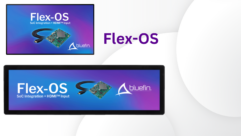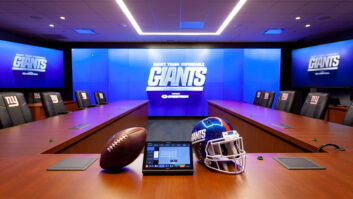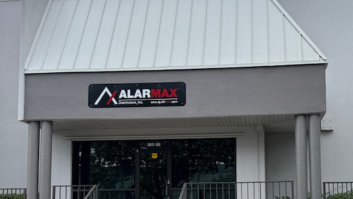Signage Guru Bill Gerba Sees Growing Reliance on Fiber
Nov 7, 2006 2:48 PM
Digital signage and interactive kiosk expert William Gerba, CEO of Wirespring Technologies and widely read industry blogger at the Dynamic Digital Signage and Interactive Kiosks Journal, sees significant and growing reliance on fiber networks to support digital signage applications, and believes this growth rests on trends that could shape other professional AV arenas, as well.
Central to the growing linkage of fiber with high-end AV is escalating enthusiasm for high-definition video. “The desire to do high-definition content, coupled with the fact that HD screens are now widely available and more affordable, has created the market for video over fiber,” says Gerba.
In an exclusive talk with AV Over Fiber, Gerba pointed out that recent new product introductions, and growing interest in fiber on the part of traditional professional AV manufacturers, are also contributing to the trend.
“The biggest growth we see is the use of fiber as an extender for video content,” Gerba says. “Instead of just carrying data, it’s carrying finished video. Companies are coming out with video-over-fiber extenders,” he adds. These devices are especially useful in settings in which “the company wants to have every bit of computer equipment in one room and just have the video signal going out to the screens.”
The huge bandwidth demand generated by HD video means AV integrators need to pay attention to network issues right from the start. “The AV integrator definitely needs to know how much bandwidth they need. If they don’t know anything about their client’s existing infrastructure, they have to assume they will be absolutely taxing it to its limits and that they’re going to need to install something new. They should always assume the worst case.”
Sharing an existing data network with other client business functions can be problematic, Gerba adds. “When you have a network of 300 stores with some kind of network that’s shared among the stores, and you put in a digital signage system that going to pump HD content to all of those screens, the typical network is not capable of handling that. We’ve had cases where the customer has put in a digital signage system, then someone will send out a content update, and they won’t be able to run cash registers for a half hour. Typically now, we see the digital signage on its own network or a sequestered part of the network.”
Gerba notes it is usually signal distribution within a single facility that creates the need for fiber transmission. “For most AV integrators the decision to use fiber is almost always going to be inside the location,” he says.
Generally, the network coming in from outside the facility terminates in a telecom room or equipment closet. “The network terminates in one spot and you’re got to get that out to the actual (video) players at the screens. You could be talking about runs that could be hundreds of feet. In that case, fiber is the only option. If you want high-motion, high-res content, that ‘HD look,’ fiber is still the only medium that has the capacity.”
Fiber’s immunity to electronic interference is another plus Gerba cites. “In a lot of big buildings you see fiber being used as the trunk, getting the data from the basement all the way up to the penthouse,” he explains. These tactics often route the fiber through an elevator shaft, where copper or other wiring would not function properly due to interference from electrical signals.









